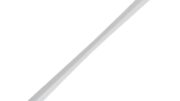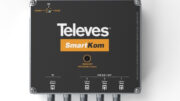Easy answer: It’s that. The thing you see above.
Spend any time in the world of antennas and you’ll hear the term “Yagi antenna.” It doesn’t matter whether you’re talking about antenna TV, radio, or any other form of broadcasting, the term keeps coming up.
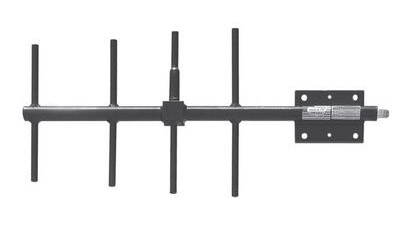
What does a yagi antenna look like?
The Yagi antenna is easy to recognize. It has one long rod that points at the tower and a series of smaller elements that run at angles away from the center rod. Sometimes those elements are perpendicular, and sometimes they angle so that the whole thing looks like an arrow.
Sometimes, like the image above, a Yagi antenna will be extremely complex and have little arrow-like bumps on it, or elements that come out from completely different angles. Occasionally you will see a Yagi antenna combined with an omnidirectional antenna that looks like a big circle. Yagis are everywhere, and they are used for a lot of different things.
This is Dr. Yagi

This is Hidetsugu Yagi. Dr. Yagi was a Japanese engineer working with Shintaro Uda in Japan in the 1920s. Dr. Uda actually invented the Yagi antenna, and you should probably call it the Yagi-Uda antenna. Sometimes, good PR is more than half the battle, and it turns out that Dr. Yagi spoke English while Dr. Uda didn’t, and there you go — people know this antenna by Dr. Yagi’s name.
Principles of the Yagi antenna
The math behind the Yagi antenna is incredibly complex, but it comes down to some simple principles. In order to understand them, you need to know a little bit about antenna design.
Monopoles
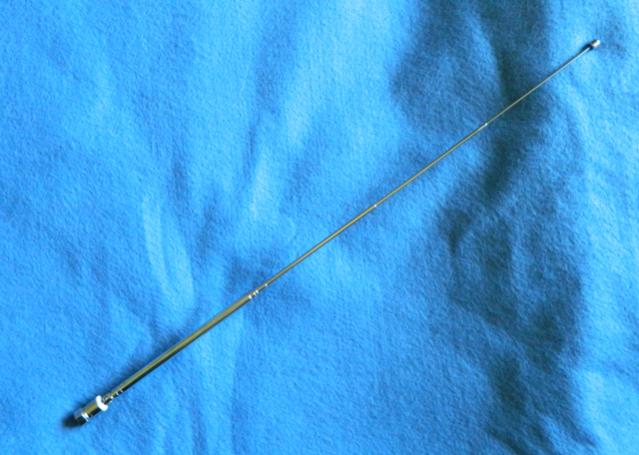
This is a monopole antenna. It’s that metal rod that sticks up from a portable radio. It’s the simplest kind of antenna you can have, and it’s really just a metal stick. This antenna is out there collecting radio waves without really doing a good job of telling the difference between one kind of wave and another. But hey, it’s simple it’s portable, it does what it has to do… kind of. If you’re listening to radio, you probably don’t need a lot more than a monopole antenna because radio stations are very powerful and really you’re hardly ever more than about 40 miles away from one. No reason to go crazy with a heavy-duty antenna unless you are a real radio fan or you live a far distance away from the channels you want to reach.
Dipoles
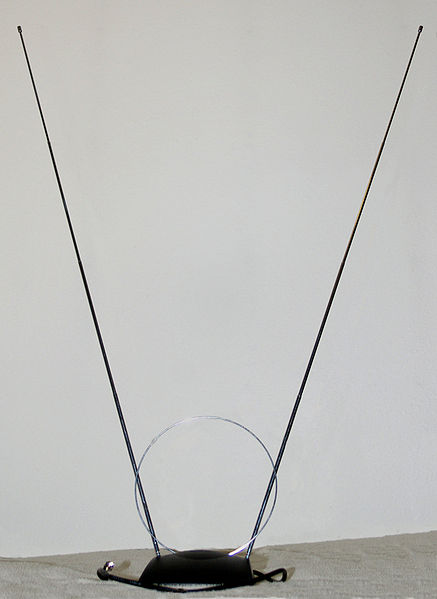
This is a dipole antenna. It’s actually the simplest antenna that you can really design to pick up specific frequencies. If you’ve ever used one to pick up TV signals you know that what you do is, extend the elements as far as they can go and then move them around. They work because every frequency you try to get is best received by an antenna that’s a different length. When you move the elements around, you’re actually changing the length of the part that picks up the signal. It’s heavy duty math, but it works.
The ring at the center is also a kind of dipole antenna. These “folded dipole” types are more effective for UHF, while the long “rabbit ears” type is more effective for the frequencies used by VHF.
Flat antennas are dipoles too but since HDTV doesn’t use the lower part of the VHF band like older analog TV did, the antennas can be smaller.
Dipole antennas will only get you so far. In order to get different frequencies you have to keep moving them. If you want serious antenna performance, sooner or later you’re going to step up to a Yagi.
Learn a little more
Dr. Uda figured out that by putting additional elements in front of the dipole, you can improve its performance in particular frequencies. In fact, as you changed the size of the elements you can also improve the performance of the antenna in general. The Yagi design took the world by storm. It wasn’t the first time that anyone had done serious math work on how antennas function, but this discovery allowed for much smaller, more powerful antennas than anyone had imagined.
A Yagi antenna that uses elements of mostly the same size is designed to give the maximum possible performance in a very small range. FM antennas, whether for listening to music or communicating, use Yagis with multiple relatively small, similarly-sized elements. On the other hand, TV antennas that have to work over a very large frequency range often use vastly different elements. The elements are closely spaced together and are often angled so that the elements for one set of frequencies have the smallest possible effect on elements for other frequencies.
When you’re up on your roof or in your attic tending to your antenna (and a little maintenance now and then is a good thing) take a moment to marvel at the technology of the Yagi, and don’t forget to thank Dr. Uda.
and, when you want the best antennas, shop the great selection at Solid Signal!



